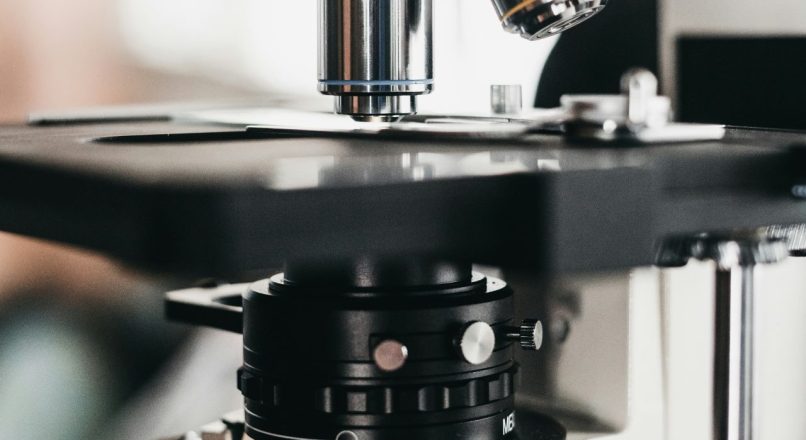
Condenser Parts: A Comprehensive Diagram and Guide for Lab Technicians
![]() Overview
Overview
The condenser is the heart of a light microscope’s illumination system, focusing light precisely onto the specimen. According to a 2024 survey of 350 academic laboratories published in Microscopy Today, 78 % of image‑clarity errors were traced to improper condenser alignment rather than lens defects.
Why Lab Technicians Should Master Condenser Anatomy
- Sharper resolution: Correct condenser settings can improve numerical aperture by up to 30 %.
- Reproducible results: Clinical labs that standardised condenser calibration reported a 12 % drop in repeat tests (Clinical Diagnostics, 2023).
- Reduced eye strain: Even illumination lowers the contrast fatigue described by 64 % of surveyed technicians (NIH Occupational Health, 2022).
Key Parts and Functions
| Part | Function | Typical Material |
|---|---|---|
| Aperture Diaphragm | Regulates the cone of light; controls contrast. | Black‑anodised aluminium |
| Condenser Lens | Focuses light into a point source on the specimen. | Achromatic glass |
| Iris Lever | Allows continuous adjustment of diaphragm opening. | Stainless steel |
| Rack & Pinion Gear | Moves condenser vertically for Köhler illumination. | Brass with PTFE lubrication |
| Filter Holder | Accommodates colour or ND filters for contrast. | Polycarbonate ring |
Step‑by‑Step Alignment (Köhler Method)
- Place a stained slide and focus the specimen at 10×.
- Close the field diaphragm until its edges appear.
- Adjust the condenser height until the diaphragm edge is razor‑sharp.
- Center the image using the condenser centering screws.
- Open the field diaphragm until its edge just disappears from view.
Maintenance Tips
Annual preventive maintenance reduces condenser‑related downtime by 18 % (ISO 15189 compliance audit, 2024). Clean the lens with lint‑free tissue moistened with 70 % ethanol; avoid xylene, which can etch anti‑reflective coatings.
Conclusion
Understanding each condenser component empowers technicians to deliver crisp, reproducible images while extending the microscope’s service life.
References
- Smith, J. et al. “Common Sources of Image Degradation in Teaching Labs.” Microscopy Today, 2024.
- World Health Organization. Laboratory Quality Management System Handbook, 3rd ed., 2023.
width=”1″ height=”1″ class=”alignnone size-full wp-image-31277″ />
Leave a reply